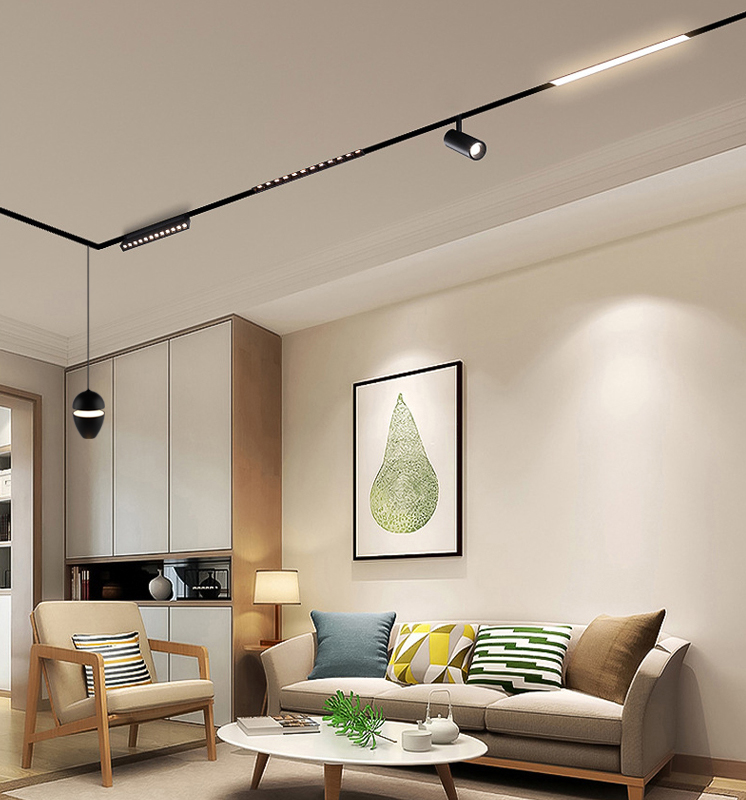A 22 years experienced manufacturer who has cooperated with 380 brands
- All
- Product Name
- Product Keyword
- Product Model
- Product Summary
- Product Description
- Multi Field Search
Author: Site Editor Publish Time: 2025-08-07 Origin: Site
With the popularization of smart homes, smart bulbs have gradually entered thousands of households. Through mobile apps, voice assistants and even automated scenarios, we can remotely control the lights, adjust the brightness and switch the color temperature, which greatly enhances the convenience and technological sense of life. However, many users have raised doubts during the usage process: Do smart bulbs have to be connected to Wi-Fi all the time? Is this done for privacy security?
1. Must smart bulbs be connected to Wi-Fi?
The main function of connecting to Wi-Fi
Most smart bulbs rely on Wi-Fi connection to achieve the following functions:
Remote control: You can still turn the lights on and off when you are out, simulating the state at home.
Timing and automation: Set timed switches or interact with other devices (such as sensors, door locks) through the cloud.
Firmware update: Manufacturers push updates to the cloud to enhance functionality or fix vulnerabilities.
Voice Assistant compatibility: For instance, when collaborating with Alexa, Google Assistant, Xiaoai Speaker, etc., network access is usually also required.
Must it be connected all the time?
The answer is: It depends on the product, but most smart bulbs are recommended to remain connected to the Internet.
Some Bluetooth or Zigbee bulbs can operate independently of Wi-Fi, but usually still require a "gateway" or "central control device" connected to the Internet to achieve whole-house control and remote operation. If Wi-Fi is disconnected, many smart bulbs can still be lit through physical switches, but advanced functions (such as timing and scene switching) will fail.

2. Are there any privacy and security risks when smart bulbs are connected to Wi-Fi?
Potential privacy risk
Although smart bulbs do not have microphones or cameras like smart speakers do, they can still raise privacy concerns:
User behavior data upload: For instance, the time of turning on the lights, usage frequency, and location (determined by IP) may be recorded and uploaded to the cloud.
Device vulnerability: If the firmware of the light bulb has security vulnerabilities, it may become a "springboard" for hackers to attack home networks.
Opaque data usage: Some manufacturers may use data for advertising analysis or in collaboration with third parties.
How to protect privacy?
Users can enhance the security of their usage from the following aspects
Choose well-known brands: Large companies pay more attention to safety regulations and data compliance.
Regularly update the firmware: Keep the bulb system up to date and fix security vulnerabilities.
Configure an independent IoT network: Connect smart devices to a separate Wi-Fi sub-network, isolating the main network.
Read the Privacy Policy: Understand the manufacturer's terms for data collection and use.
Limit APP permissions: When installing an APP, pay attention to whether unnecessary permissions are requested, such as contacts, location, etc.

3.Conclusion
As a part of smart homes, smart bulbs do rely on Wi-Fi to achieve their intelligent functions. Although it is not absolutely necessary, to fully leverage its advantages, continuous networking is a recommended approach. As for privacy and security, although smart bulbs themselves carry relatively low risks, in a networked environment, any device could potentially become an entry point. Therefore, while users are enjoying a smart life, they should also enhance their safety awareness and rationally configure and manage their devices.
content is empty!